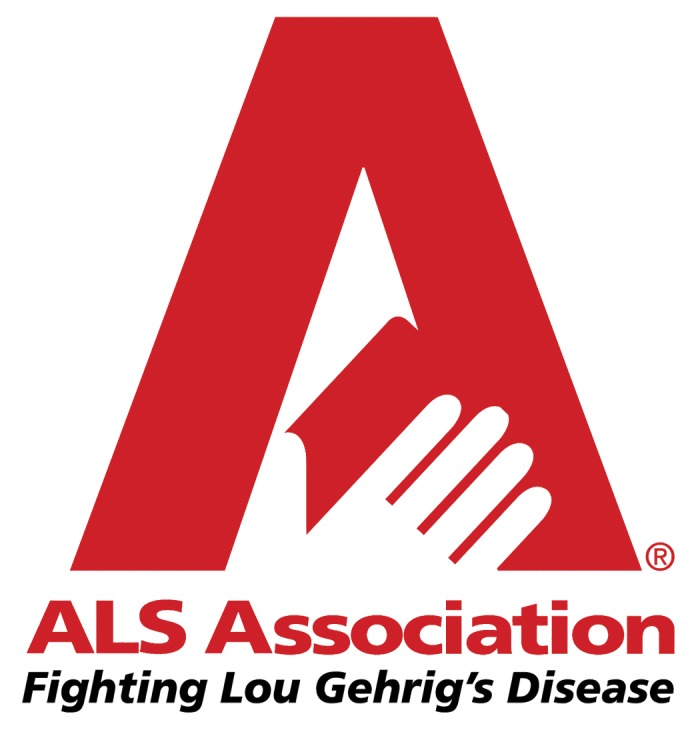The ALS Association: Fighting Lou Gehrig disease on multiple fronts.
Rare diseases (Austin, Tex.)
Pub Date : 2013-05-10
eCollection Date: 2013-01-01
DOI:10.4161/rdis.24910
引用次数: 9
Abstract
Citation: The ALS Association Media Relations. The ALS Association: Fighting Lou Gehrig disease on multiple fronts. Since 1985, The ALS Association has worked with people and their families living with amyotrophic lateral sclerosis (ALS) (Fig. 1). ALS, which is also known as Lou Gehrig disease, is a progressive neurodegenerative disease that affects the nerve cells in the brain and the spinal cord. The disease robs people of the ability to walk, to talk and even blink an eye. It traps them inside a body they no longer can control and ultimately prevents them from breathing as it takes their life. An estimated 5,600 Americans are diagnosed with the disease annually, and around 30,000 people in the US have ALS. Those with Lou Gehrig disease usually live two to five years following diagnosis. There is no known cause of the disease, although military veterans are approximately twice as likely to develop ALS as the general population for reasons unknown. There is no cure and no life-prolonging treatments for ALS at this time. Approximately 90 percent of people with ALS have the sporadic, or erratic, type of the disease, whereas 10 percent have the familial (inherited) form of ALS. Care Services The mission of the ALS Association is to lead the fight to treat and cure ALS through global research and nationwide advocacy while also empowering people with ALS and their families to live fuller lives by providing them with compassionate care and support. Care and support comes through our organization's 38 chapters. 1 Many of these chapters provide ALS families with various resources through our Care Services programs. Resources The ALS Association Media Relations can include support groups, equipment loan closets, respite care and physician referrals—all provided at no cost. Many of these chapters also work closely with ALS Association Certified Centers 2 and Clinics 3 that offer specialized care to people with the disease. Additionally, the Association invites its constituents to monthly care services and research webinars. Topics range from using assistive technology for communication 4 to feeding tubes and nutrition 5 to telemedicine for people with ALS. 7 supports a clinical trials network that enables the training of clini-cians, the standardization of techniques, clinical and research webinars, a centralized database for ALS clinical trials and an expert who advises people with Lou Gehrig disease on clinical trials. We have also collaborated with other ALS organizations such as The Robert …

肌萎缩性侧索硬化症协会:在多条战线上抗击卢·格里克病。
本文章由计算机程序翻译,如有差异,请以英文原文为准。
求助全文
约1分钟内获得全文
求助全文

 求助内容:
求助内容: 应助结果提醒方式:
应助结果提醒方式:


